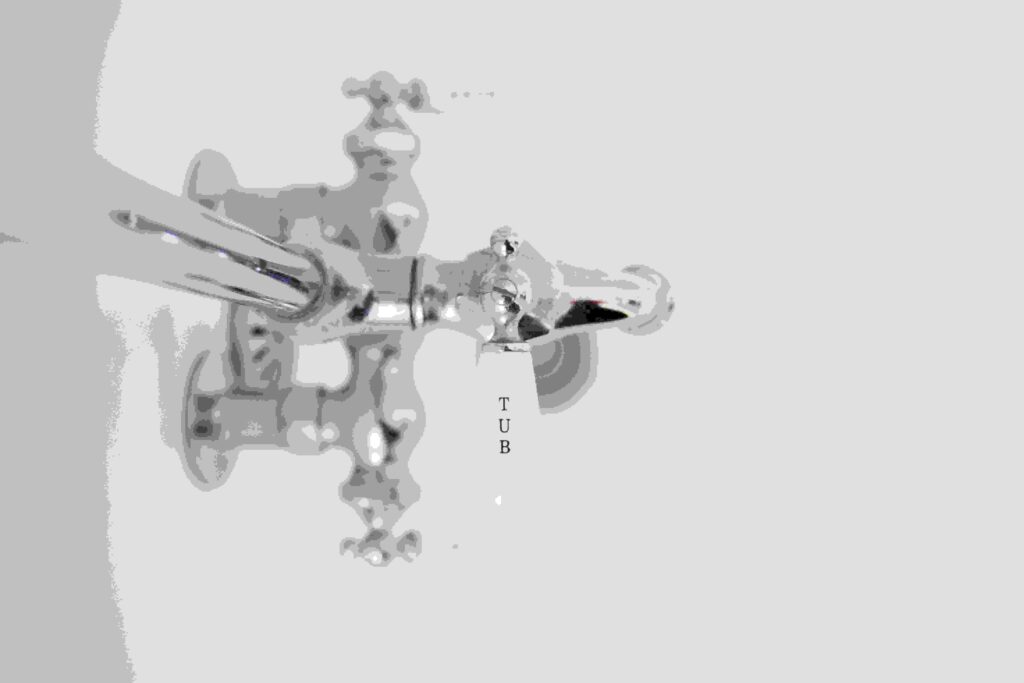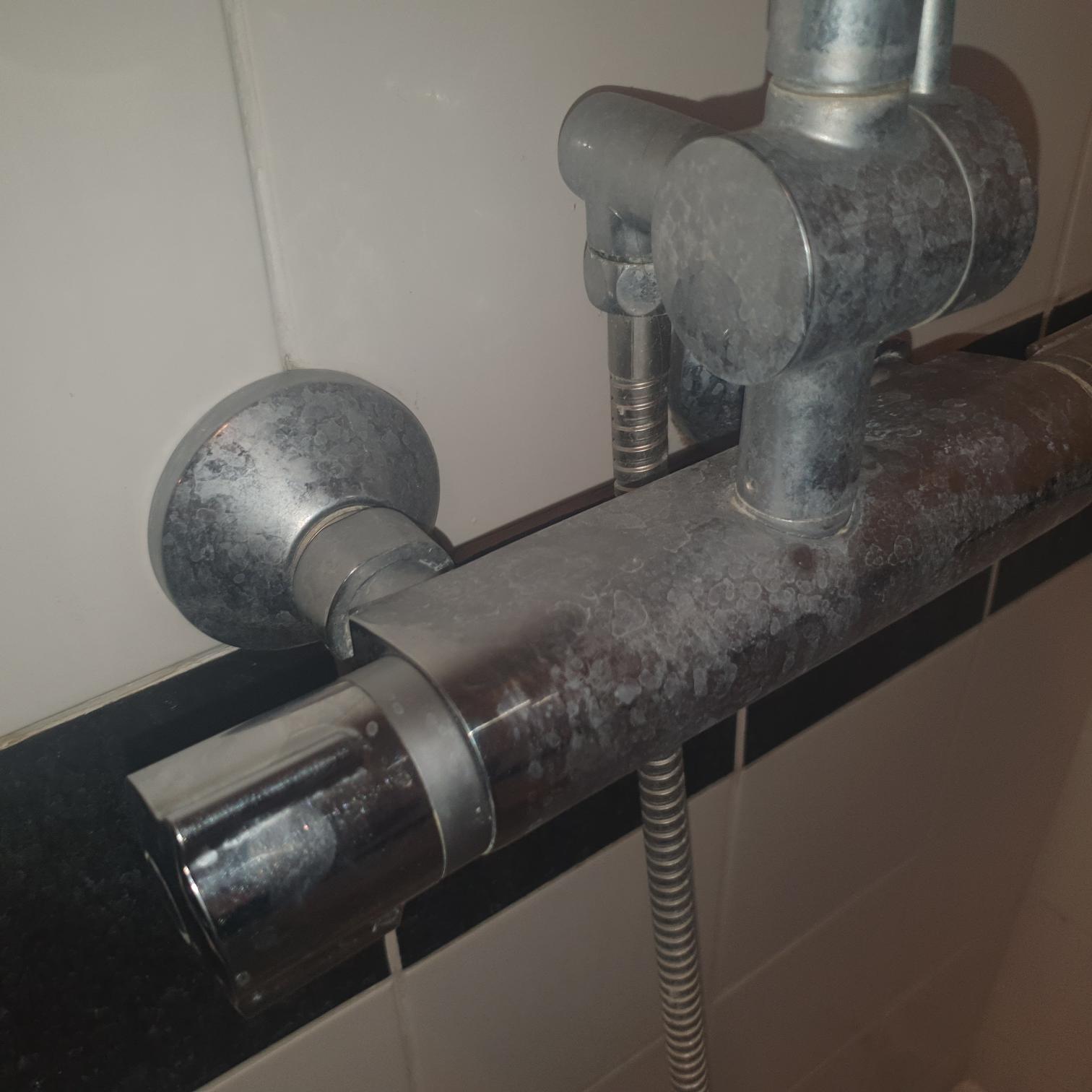Plumbing History
Plumbing history – it can be argued that plumbing is only about the fixing of pipes andand appliances and household utensils that use water however plumbing is a much wider subject and in addition to the standard plumbing jobs you might expect to find around your house there are many other aspects of plumbing and water that you may not have considered.
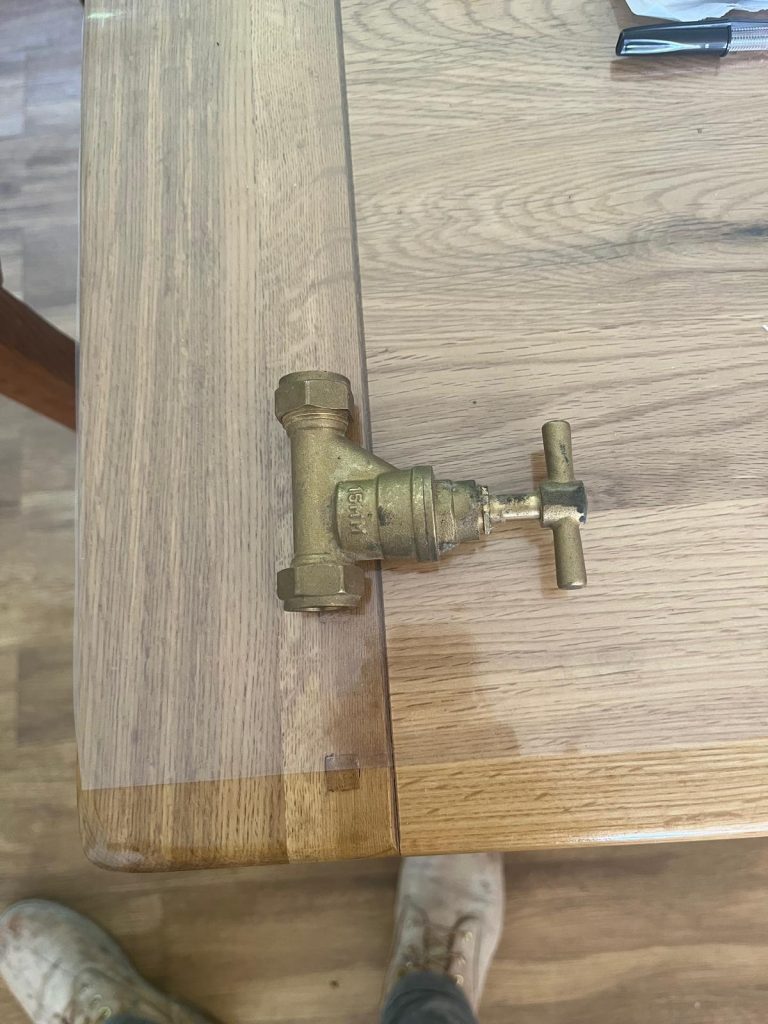
The History of Plumbing: Roman Plumbing
Plumbing has been around since the Roman times when the Romans needed to use plumbing to Channel many of the water supplies found in their ancient buildings and Colosseum the Romans understood that in order to facilitate the effective use of water and to irrigate their farms and agriculture than they needed to master the art of plumbing to control their water period.
Plumbing History: Plumbum
The Romans had extensive systems including aqueducts and lead pipes to channel water. The word plumber comes from the Latin as the Latin word for lead is plumbum.
Plumbing and water have therefore being a subject of great interest over the ages and today the modern standards of plumbing that we find in homes and commercial premises have often their roots to be found in the ancient art of plumbing and water discovered by the Romans.
Plumbing History and how it relates to water
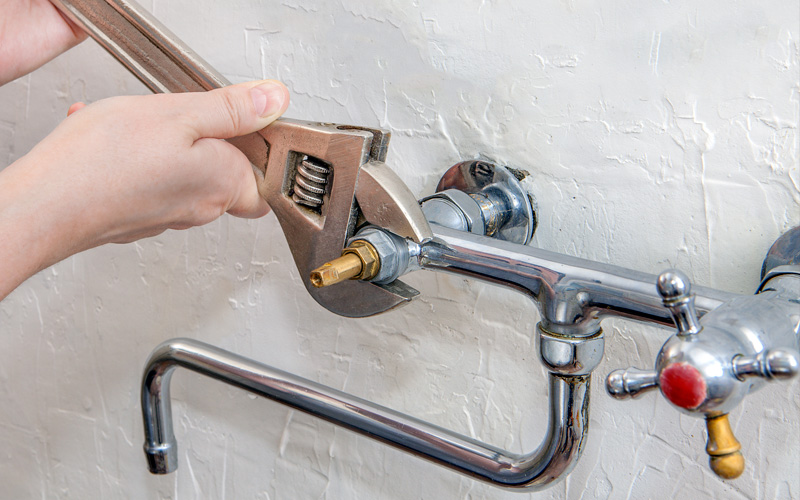
If you have ever wondered about plumbing and how it relates to water then you only need to look in your house and can see that’s all of the plumbing in your house travels around using pipes that would have been fitted by a plumber this is necessary to ensure that all houses can have access to water and that water can be channelled to all of the different rooms in the house without any effort of the householder.
Times Gone By before Bristol plumbers used to undertake all of the modern-day plumbing as We Know It water would have been brought into the house by servants using Wells and there would not have been a constant supply of water or easy access of water for most of the population.
Copper Pipes Historically
Nowadays lead is no longer used due to safety concerns of lead poisoning and copper is more the norm in homes. You may also want to consider switching all of your lead to PVC pipes if this is an issue for you and we can assist you. You don’t need to be stuck with the relic of old lead piping in your home. Upgrade to PVC and let us provide a quote to do this.
Plumbing History: From Ancient Innovations to Modern Marvels
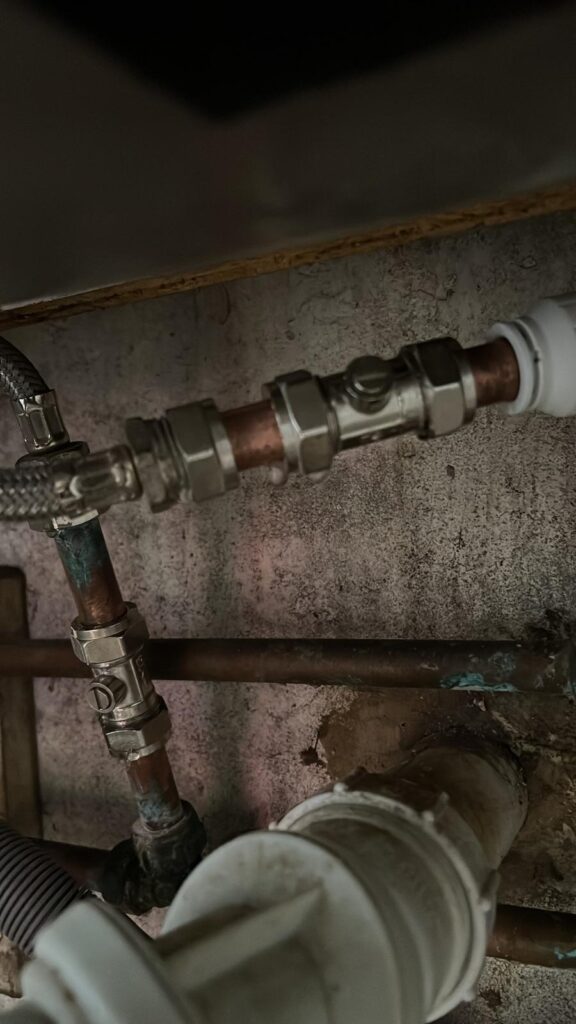
Plumbing, a vital aspect of our daily lives, has a rich and fascinating history that spans centuries. Understanding the evolution of plumbing not only gives us an appreciation for modern conveniences but also highlights the ingenuity and advancements of past civilisations. Let’s take a journey through time to explore the history of plumbing, the emergence of the plumbing profession, and the development of key plumbing services.
The Origins of Plumbing
Plumbing dates back to ancient civilisations, where the need for sanitation and water supply systems became apparent. The earliest plumbing systems were found in ancient Egypt and Mesopotamia, where clay pipes were used to transport water and waste. These early systems were rudimentary but laid the groundwork for future advancements.
Ancient Plumbing Systems
In ancient Egypt, plumbers used copper pipes to construct sophisticated water systems. The Mesopotamians, on the other hand, developed clay pipe systems to manage water and waste. These early efforts highlight the importance of plumbing in maintaining public health and supporting daily life.
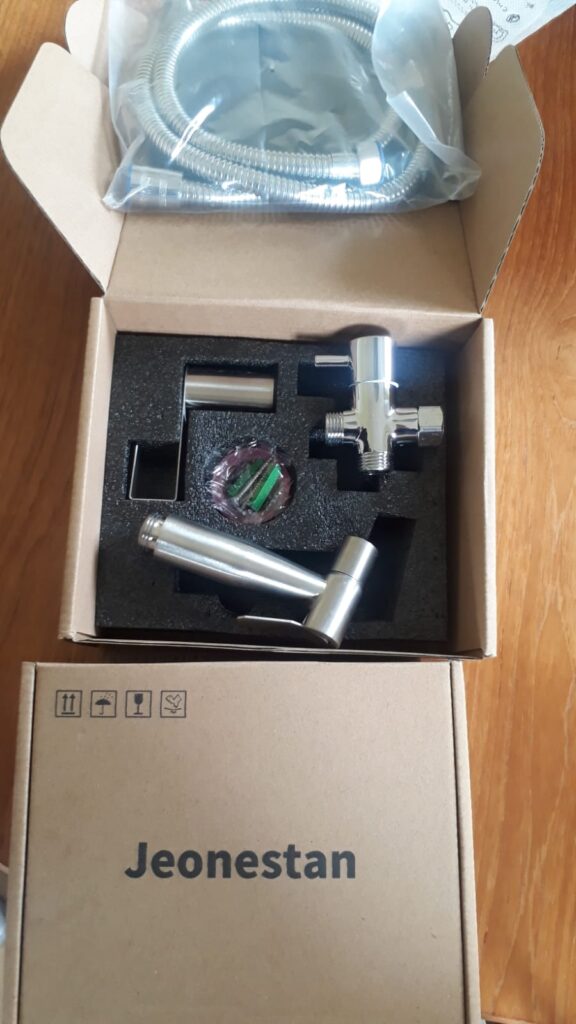
Plumbing History: Early Plumbing Materials and Techniques
Materials used in ancient plumbing included clay, lead, and copper. Techniques such as soldering and welding were developed to join pipes, paving the way for more complex plumbing systems.
The Development of Plumbing in Civilisations
As civilisations evolved, so did their plumbing systems. The Romans, known for their engineering prowess, made significant contributions to plumbing. They introduced aqueducts, public baths, and advanced sewage systems, many of which are still admired today.
Roman Plumbing Innovations
The Romans developed extensive aqueduct systems to supply cities with fresh water. They also built sophisticated sewage systems, such as the Cloaca Maxima in Rome, which effectively managed waste and prevented waterborne diseases.
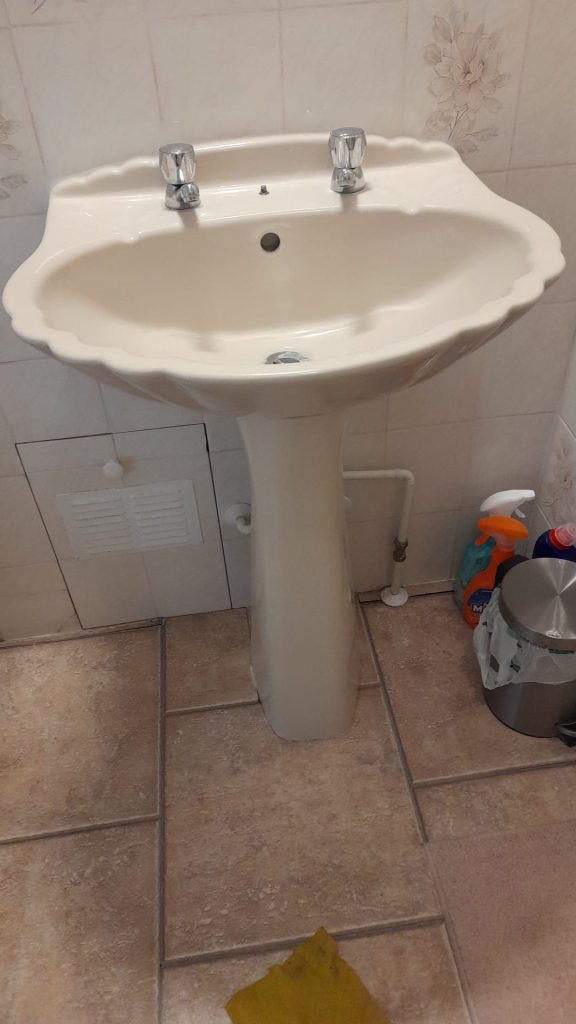
Read here about external drains.
Plumbing History: Medieval Plumbing Advancements
During the medieval period, plumbing advancements slowed, but there were still notable achievements. Castles and monasteries had basic plumbing systems, and public bathhouses remained popular in some regions.
The Rise of Modern Plumbing
The Industrial Revolution marked a turning point in plumbing history. The development of modern materials and technologies revolutionised plumbing, making it more efficient and accessible.
Industrial Revolution and Plumbing History
The introduction of cast iron pipes, water pumps, and indoor plumbing fixtures transformed plumbing. These innovations made it possible to bring clean water and sanitation into homes and buildings, significantly improving public health.
Plumbing History: Introduction of Modern Plumbing Materials
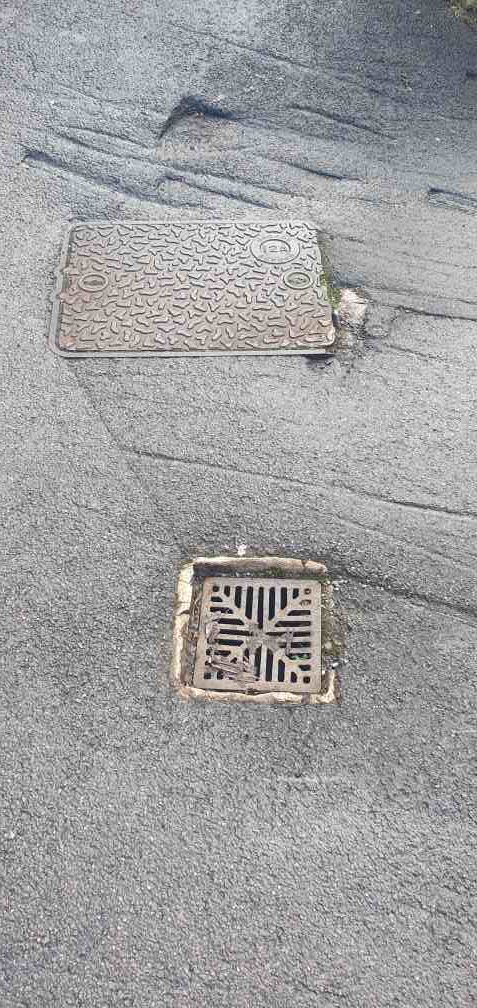
Materials such as copper, PVC, and stainless steel replaced earlier materials, offering durability and efficiency. These advancements made plumbing systems more reliable and easier to maintain.
The Role of Plumbers Throughout History
The profession of plumbing has evolved significantly over the centuries. Plumbers have always played a crucial role in building and maintaining plumbing systems, ensuring the safe delivery of water and the removal of waste.
Evolution of the Plumber’s Profession
In ancient times, plumbers were highly skilled artisans. Over time, the profession became more structured, with formal training and certification processes emerging to ensure high standards of workmanship.
The Emergence of the Emergency Plumber
The concept of emergency plumbing emerged as cities grew and plumbing systems became more complex. Emergency plumbers provide critical services to address urgent plumbing issues, such as burst pipes and severe blockages.
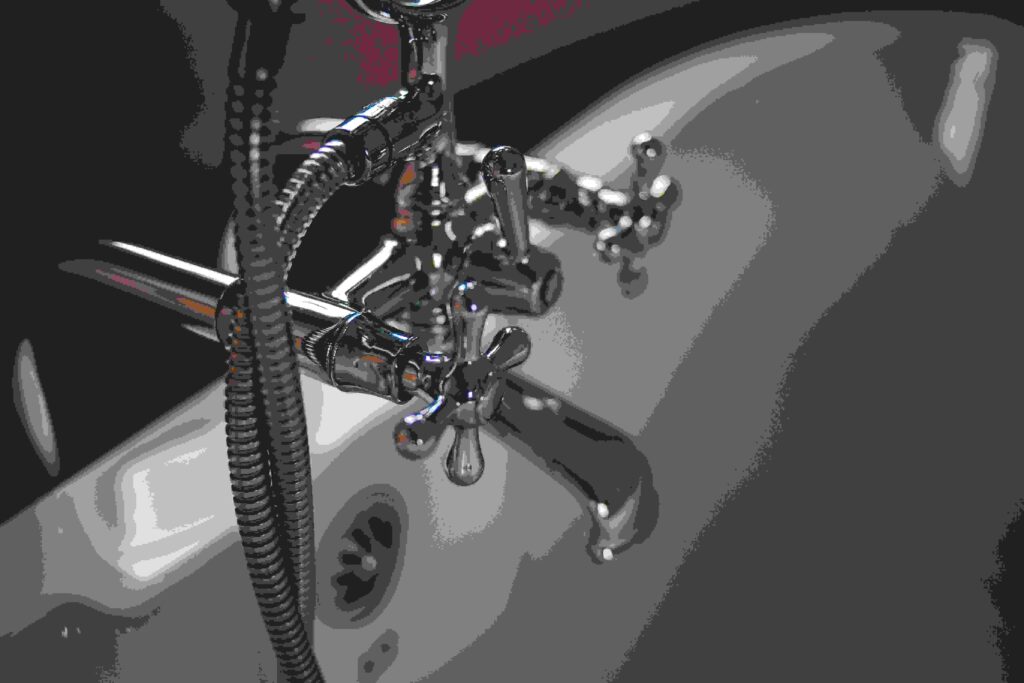
Plumbing History: When and Why Emergency Plumbing Started
Emergency plumbing services became necessary with the advent of indoor plumbing. As plumbing systems became integral to daily life, the need for rapid response to plumbing emergencies grew.
Key Milestones in Emergency Plumbing
The development of modern communication and transportation systems has made it easier for emergency plumbers to respond quickly to crises. Today, emergency plumbing services are a vital part of the plumbing industry.
History of Plumbing Leaks and Their Solutions
Plumbing leaks have been a persistent issue throughout history. Understanding their causes and solutions has been crucial for maintaining effective plumbing systems.
Common Causes of Leaks in History
Historically, leaks were often caused by corrosion, poor installation, and material failures. As plumbing materials and techniques improved, the incidence of leaks decreased.
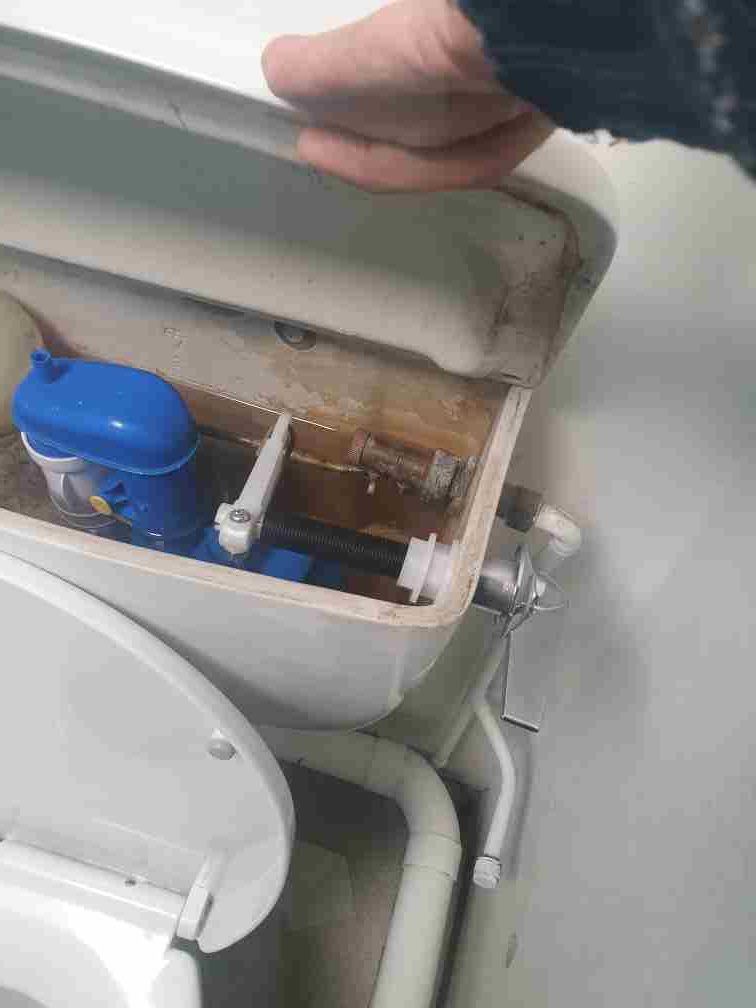
Historical Plumbing Solutions and Improvements
Early solutions to plumbing leaks included using natural materials like tar and wax to seal joints. Modern solutions involve using durable materials and advanced sealing techniques to prevent leaks.
Plumbing History: The Evolution of Reliable Plumbers
Reliability has always been a key trait for plumbers. Building trust with clients has been essential for the success of plumbing professionals throughout history.
Building Trust Through History
Reliable plumbers have always prioritised customer satisfaction and quality workmanship. Over time, this has led to the establishment of professional standards and certifications.
Plumbing Certification and Training Over Time
Formal training and certification processes have evolved to ensure that plumbers have the necessary skills and knowledge. These standards help maintain the quality and reliability of plumbing services.
Defining Quality in Plumbing Historically

Historically, quality was judged by the longevity and performance of plumbing systems. Today, it also includes factors such as environmental sustainability and energy efficiency.
How Plumbing Quality Standards Have Evolved
Quality standards have evolved to include rigorous testing and certification of materials and techniques. This ensures that plumbing systems are safe, reliable, and efficient.
The History of Radiator Installation
Radiators, a key component of heating systems, have a rich history. From early heating methods to modern radiators, this aspect of plumbing has seen significant advancements.
Plumbing History: Early Heating Systems
Early heating systems included open fires and rudimentary stoves. These methods were inefficient and often hazardous.
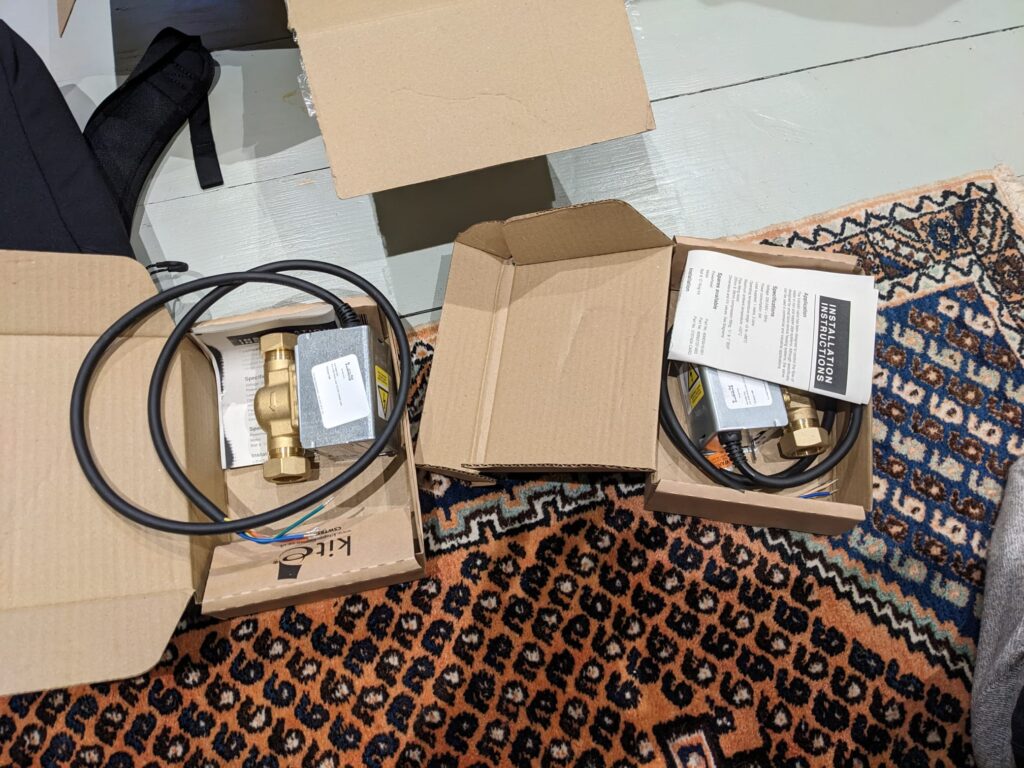
The History of Plumbing: Introduction and Improvement of Radiators
The introduction of radiators in the 19th century revolutionised heating. Modern radiators are highly efficient and provide consistent, controllable heat.
General Plumbing History
The history of plumbing is marked by key events and breakthroughs that have shaped the industry. From ancient innovations to modern advancements, plumbing has continually evolved.
Key Events in Plumbing History
Significant events include the development of aqueducts, the introduction of cast iron pipes, and the advent of indoor plumbing. Each of these milestones has contributed to the plumbing systems we rely on today.
Major Plumbing Breakthroughs
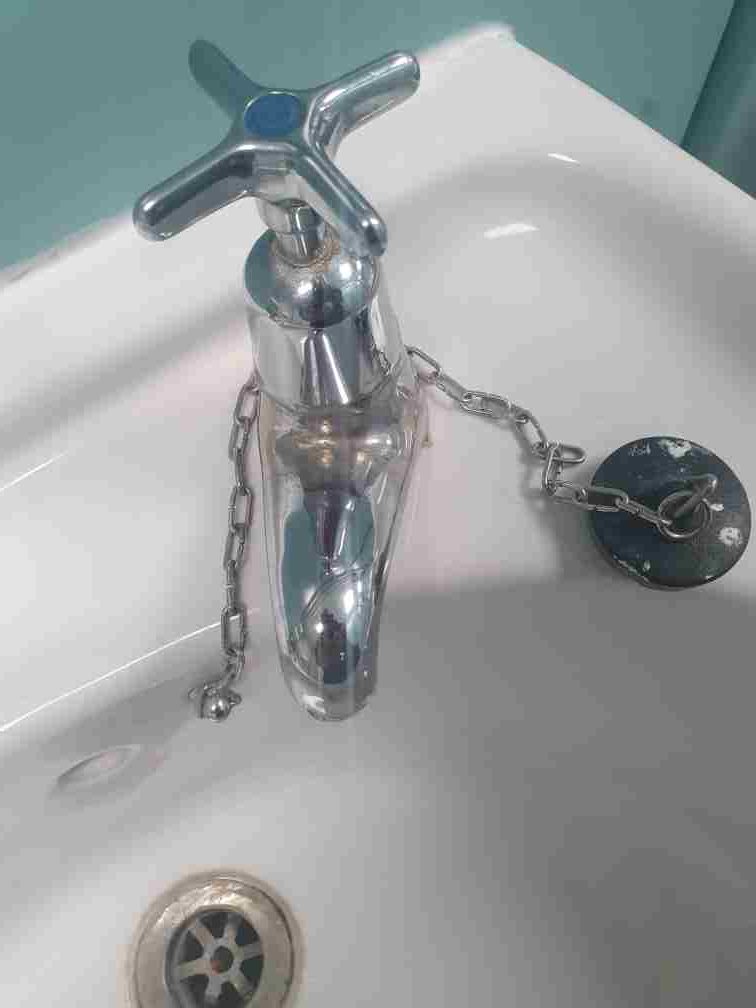
Breakthroughs such as the invention of the flush toilet and the development of PVC pipes have had a profound impact on plumbing, making it more efficient and accessible.
Efficient Plumbers Through the Ages
Efficiency has always been a goal for plumbers. Innovations and techniques that improve efficiency have been developed and refined over centuries.
Plumbing History: Innovations Improving Plumbing Efficiency
Innovations such as water-saving fixtures and energy-efficient heating systems have made plumbing more sustainable and cost-effective.
Plumbing Techniques That Have Stood the Test of Time
Techniques such as proper pipe insulation and the use of reliable sealing methods have remained effective over time, ensuring efficient plumbing systems.
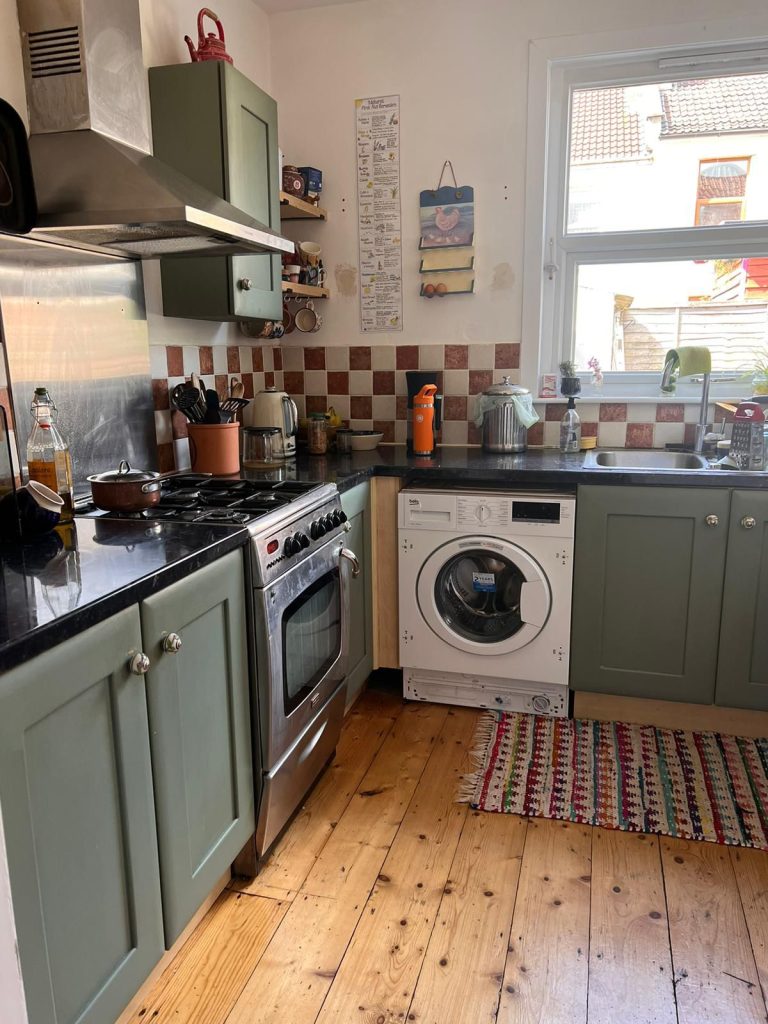
The History of Competitive Pricing in Plumbing
Competitive pricing has played a significant role in the plumbing industry. Understanding the factors that influence pricing helps consumers make informed decisions.
Early Plumbing Costs
In ancient times, plumbing services were often expensive and accessible only to the wealthy. Over time, costs have become more competitive due to advancements in materials and techniques.
Factors Influencing Plumbing Prices Over Time
Factors such as material costs, labour rates, and technological advancements influence plumbing prices. Today, competitive pricing ensures that quality plumbing services are accessible to more people.

Plumbing History: Plumbing in the Modern Era
The modern era of plumbing is characterised by technological advancements and a focus on sustainability. Current trends in plumbing reflect these priorities.
Technological Advancements in Plumbing
Technological advancements such as smart plumbing systems and water-saving fixtures have revolutionised the industry, making plumbing more efficient and environmentally friendly.
Current Trends in Plumbing
Current trends include the use of eco-friendly materials, water conservation measures, and the integration of smart technology to monitor and manage plumbing systems.
The history of plumbing is a testament to human ingenuity and the constant quest for improvement. From ancient systems to modern marvels, plumbing has evolved to meet the needs of society. As we look to the future, continued innovation and a focus on sustainability will shape the next chapter of plumbing history.
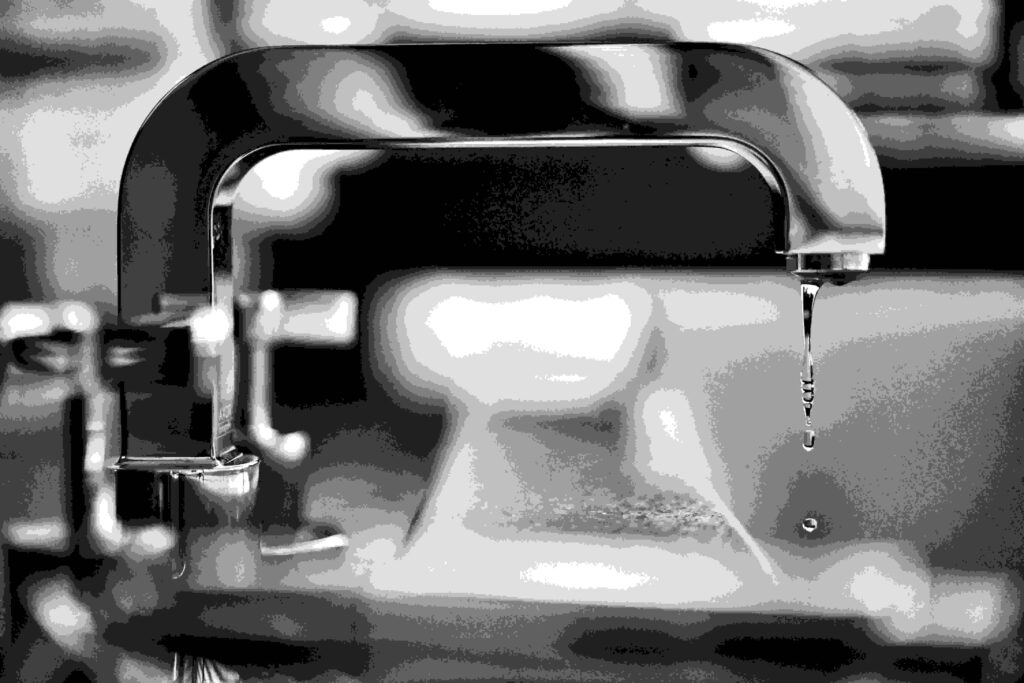
Frequently Asked Questions about Plumbing History
- What were the earliest plumbing systems like? The earliest plumbing systems, found in ancient Egypt and Mesopotamia, used clay and copper pipes to transport water and manage waste.
- How did Roman plumbing systems influence modern plumbing? Roman innovations such as aqueducts and advanced sewage systems laid the groundwork for modern plumbing, showcasing the importance of efficient water management.
- What innovations did the Industrial Revolution bring to plumbing? The Industrial Revolution introduced cast iron pipes, water pumps, and indoor plumbing fixtures, significantly improving the efficiency and accessibility of plumbing systems.
- How has the role of plumbers changed over time? The role of plumbers has evolved from skilled artisans to certified professionals, with a focus on quality, reliability, and customer satisfaction.
- What are the latest trends in plumbing technology? Latest trends include smart plumbing systems, water-saving fixtures, and the use of eco-friendly materials to promote sustainability and efficiency.
